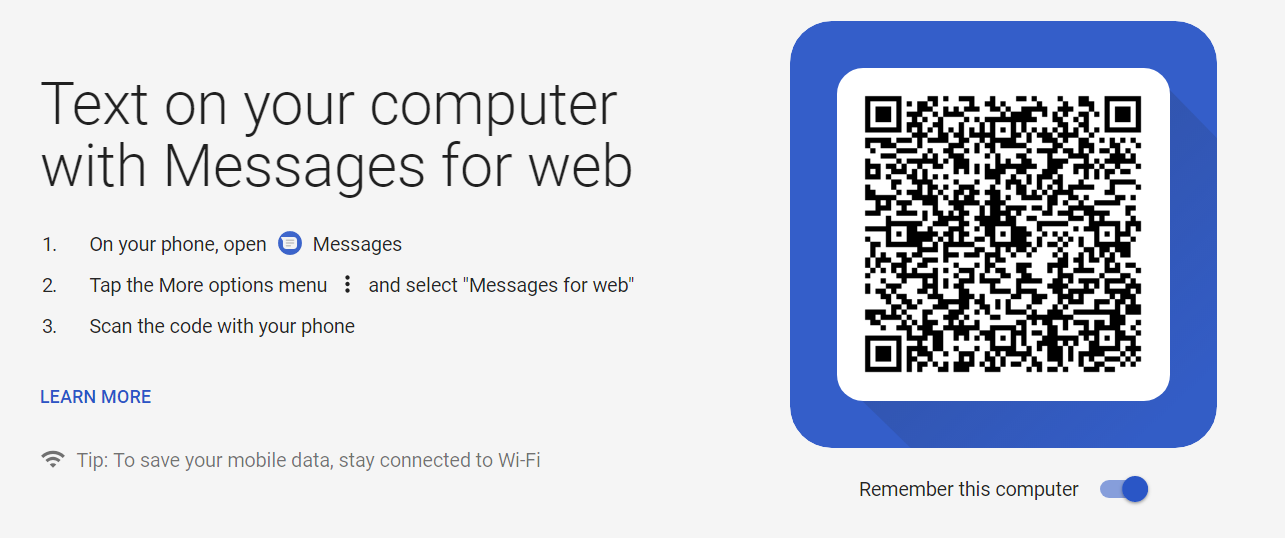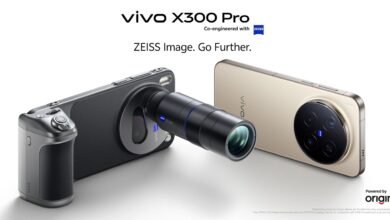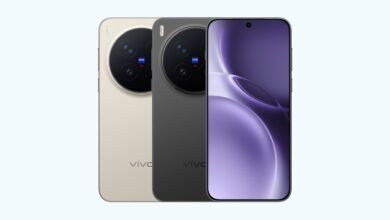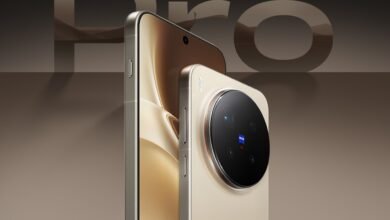
One of the things that I may never understand personally (since I’ve never owned an iOS device) is how iMessages work. I’ve read that there are Green and Blue bubbles, and that you can send messages from iPhone, iPad and even from Mac. I keep asking myself do iOS users use Telco airtime balance to send a message (like SMSs) on iMessage or do they use the internet?
I might need an iDevice some day to really understand that. But before that Google have lately been keen on something that many may have forgotten about: the default Android Messaging app, the one we use for SMSs and MMSs (if anyone still tries MMS in this day and age).
After many apps that failed, including most recently Allo, Google decided to make SMSs better on Android. So that people can send Pics, GIFs, texts etc from the SMS app using an existing communication protocol known as Rich Communication Services. This is yet to properly take off. I am in Kenya and nothing as yet works here. Unless MMS which is old, sick and boring. Google is hoping to work with TELCOs around the world so that this can be adopted. And if this happens, then soon Google will have a WhatsApp, Telegram etc competitor on every Android phone. Only not end-to-end encrypted.
In an effort to make it seamless using Android Messages (kinda the way iMessages lets you text from any device) Google is today rolling out Android Messages on the web from the website https://messages.android.com/.
The implementation looks like WhatsApp for Web with a QR code that you need to scan. As of now, my phone app has updated but hasn’t brought forward the option to scan code so as to access messages on the web.
What is glaringly obvious is that you’ll need your phone to be connected to the internet for this to work. Also, this won’t, as at now, sync across your devices because just no, not yet. And also, this may not be something to be excited for unless you actively use SMSs in 2018.
But if you have been using Android Messages you may have noticed the new updates including Smart Replies where the app pre-determines your answer during a chat, link previews when you send texts with URLs, or where you can directly copy a 2-factor Authentication Code without opening the app.
If Google are to push people to use the app more, then there needs to be clarification as to whether or not service will be charged as SMS or differently, whether or not security will be guaranteed as it isn’t as yet an encrypted service as is the more widely used WhatsApp, and whether or not messages will sync across all devices. Google also needs to make sure carriers around the world adopt the protocol. If these four things don’t happen, then Google can forget the campaign because for most people SMSs are dead.









technology is really cahanging